What is an Isla Margarita Tarantula?
The Isla Margarita tarantula, scientifically known as Cyrtopholis isla, is a fascinating arachnid native to the beautiful island of Isla Margarita, Venezuela. These impressive spiders are a part of the Theraphosidae family, known for their large size and often, their striking appearance. These creatures are not just captivating; they also play a vital role in the island’s ecosystem. Understanding the Isla Margarita tarantula begins with recognizing it as a terrestrial predator, perfectly adapted to its environment. Their existence is a testament to nature’s ability to create unique species in specific habitats.
Physical Characteristics
The physical attributes of the Isla Margarita tarantula are what make them so recognizable and interesting. They are covered in hairs, which give them their fuzzy appearance, and these hairs also play a role in their defense. Their bodies consist of two main parts: the cephalothorax (fused head and thorax) and the abdomen. They have eight legs, two pedipalps (used for sensing and manipulating prey), and eight eyes, although their eyesight is not their strongest sense. Their coloration can vary, often blending in with their surroundings, providing camouflage from predators and prey alike. The overall build of the tarantula is robust, reflecting its predatory lifestyle.
Size and Appearance
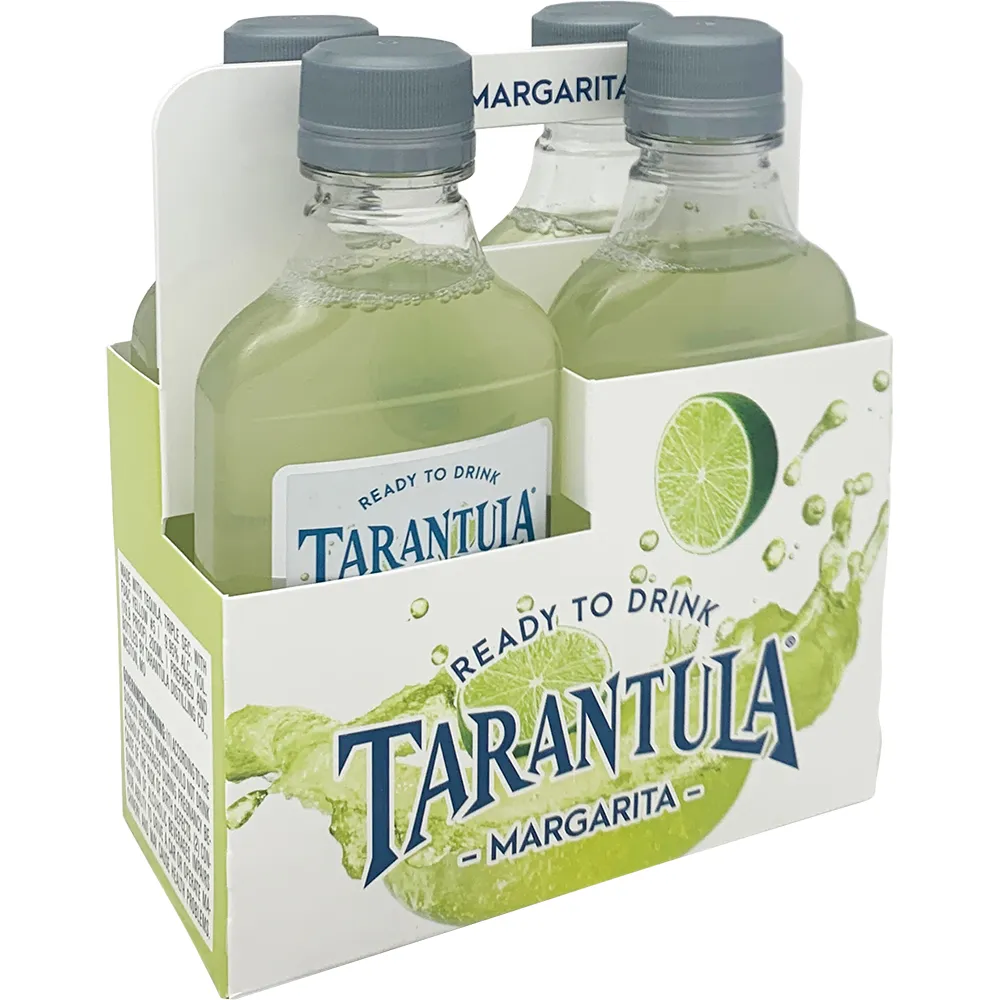
Isla Margarita tarantulas are medium to large spiders. Females tend to be larger than males. The leg span of an adult can reach up to 5-6 inches. The coloration of these tarantulas typically ranges from brown to dark brown, sometimes with reddish hues. The hairs that cover their bodies can also have different shades, which helps them blend with the substrate of the island’s terrain. These tarantulas have a powerful build, a necessity for their lifestyle as ambush predators. The size and appearance, particularly the thick legs and hairy body, give these spiders a formidable presence.
Habitat and Distribution
The Isla Margarita tarantula is, as the name suggests, endemic to Isla Margarita. They are not found anywhere else in the world. This limited distribution makes them particularly vulnerable to habitat loss and environmental changes. The island’s unique geography and climate create the specific conditions required for their survival. Their presence is a key indicator of the health of the island’s ecosystem. Protecting their habitat is crucial for the survival of this fascinating species.
Where They Live
These tarantulas typically inhabit the drier, more scrubby areas of Isla Margarita. They are often found in burrows they dig themselves or in natural crevices under rocks and within the roots of plants. The location of their habitat is influenced by the availability of food, shelter, and the need to regulate their body temperature. The spiders are well-adapted to the arid conditions of the island. You’ll commonly find them in areas with some ground cover, which provides both camouflage and protection from the elements.
Ideal Climate
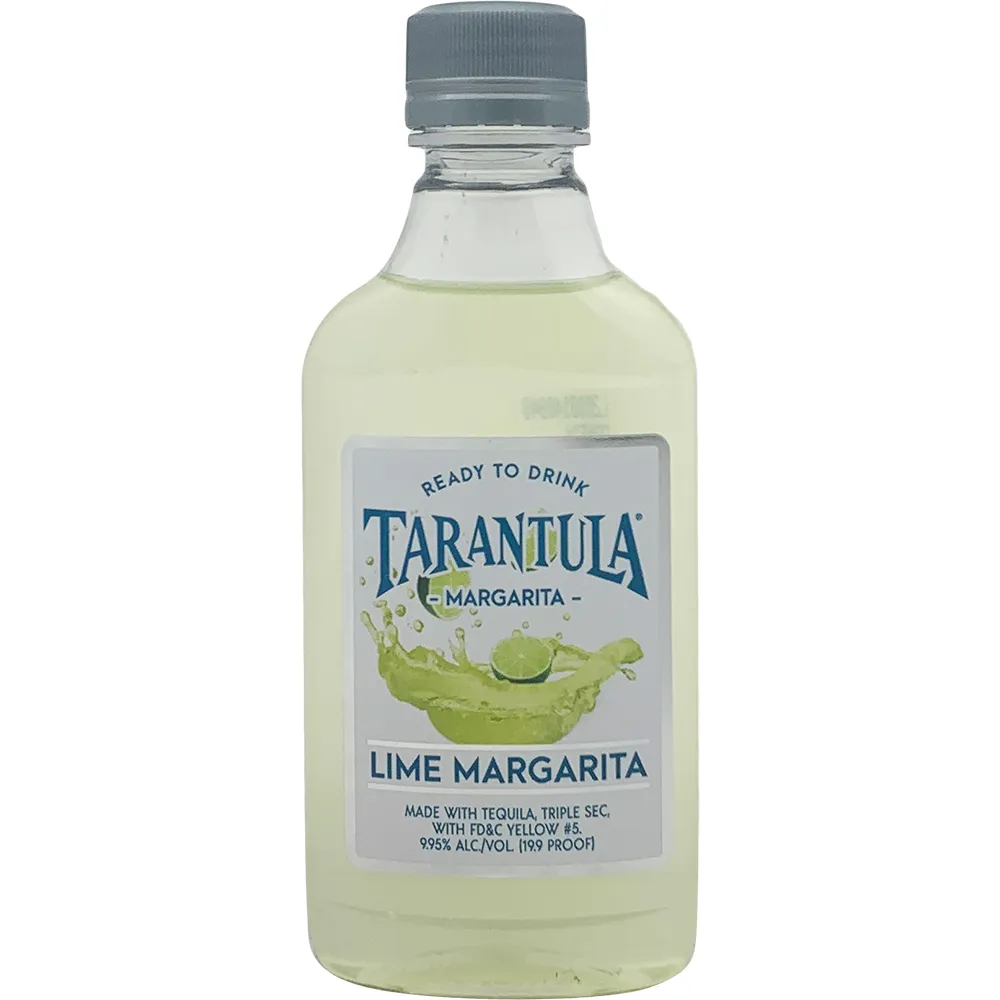
The ideal climate for the Isla Margarita tarantula is warm and dry, mirroring the island’s overall weather pattern. They thrive in temperatures that rarely dip below 20 degrees Celsius. Humidity levels are also relatively low, a key factor in their survival. These spiders are adapted to survive periods of drought. The combination of warmth and dryness, alongside the availability of food sources, contributes to the population of these tarantulas on the island.
Diet and Feeding Habits
The Isla Margarita tarantula is a carnivore, meaning it eats other animals. Their diet consists primarily of insects, but they will also prey on small vertebrates if given the chance. Their hunting strategy often involves lying in wait for prey to come within striking distance. They use their fangs to inject venom, which immobilizes their prey and starts the digestive process. This makes them an efficient predator and a vital part of the island’s food web.
Prey and Hunting
The main diet consists of insects, but will also eat small lizards, and even small rodents on occasion. Their hunting style is often an ambush tactic. The tarantula will sit and wait, often near the entrance of its burrow, until prey wanders close. They use their sensitive hairs to detect vibrations, helping them locate potential meals. The tarantula then quickly attacks, using its fangs to inject venom and subdue its target. It’s a successful method of hunting, ensuring their survival in their environment.
Feeding Frequency
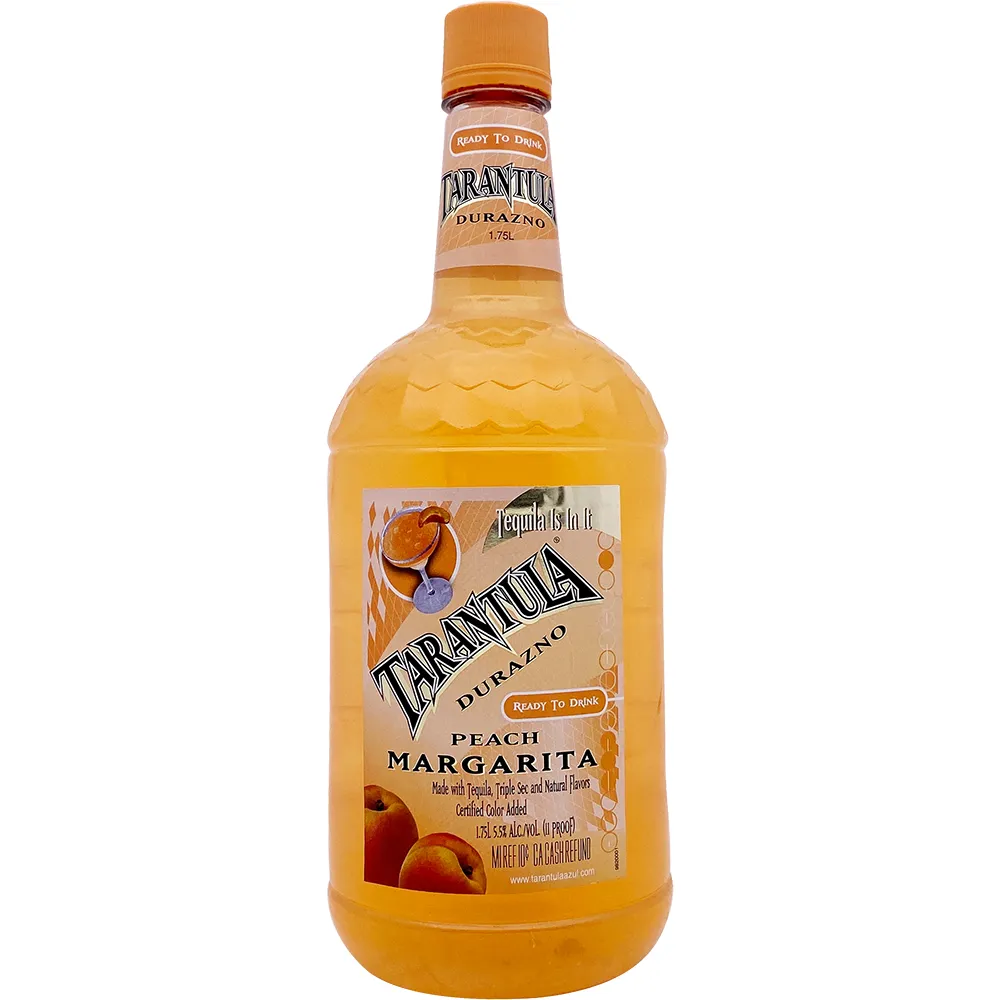
The feeding frequency of the Isla Margarita tarantula can vary depending on several factors, including the size of the spider, its age, and the availability of food. Generally, adult tarantulas may eat several times a month. Younger tarantulas, that are growing, typically need to eat more frequently. The tarantula’s metabolism slows down as it gets older. They can also survive for extended periods without food, especially if the environmental conditions are not ideal. Their ability to adapt to varying food availability is another reason they are well-suited to their environment.
Behavior and Lifestyle
Isla Margarita tarantulas have complex behaviors. They are primarily nocturnal, meaning they are most active at night. During the day, they often stay in their burrows to avoid the heat and conserve energy. Mating behavior involves a complex dance between males and females. After mating, the female will lay eggs in a silk egg sac. The spiderlings develop inside the egg sac before eventually emerging. They are solitary creatures, except during mating and when the young are still with their mother.
Common Behaviors
Common behaviors include burrowing, hunting, and molting. Burrowing is a critical behavior for providing shelter, regulating temperature, and protecting them from predators. The spiders regularly molt, shedding their exoskeleton to allow for growth. During this period, they are very vulnerable. Hunting is a primary behavior and drives many of their other actions. Defensive behaviors involve flicking urticating hairs and striking with their fangs if they feel threatened.
Lifespan
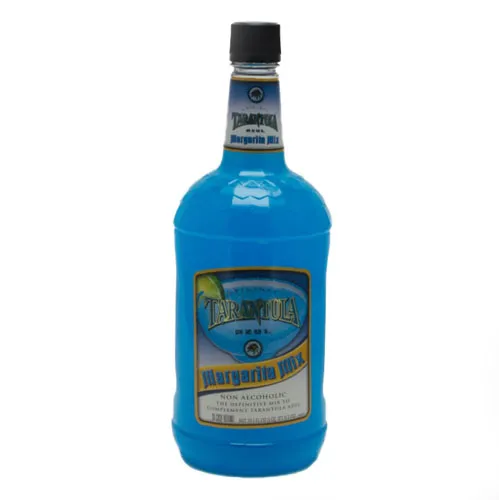
The lifespan of the Isla Margarita tarantula can vary, but females generally live longer than males. Females can live for 10-15 years or even longer in ideal conditions. Males, on the other hand, typically live for a few years after reaching maturity. Factors that influence the lifespan include access to food, the presence of predators, and the overall health of their environment. This difference in lifespan is common among tarantula species.
Conservation Status
The conservation status of the Isla Margarita tarantula is a concern due to their limited geographic range and potential threats to their habitat. They are not yet listed as endangered, but habitat loss, climate change, and the impact of human activities pose significant challenges to their survival. The protection of their habitat is of utmost importance for the long-term preservation of the species. Conservation efforts are required to ensure their population continues to thrive on the island.
Threats to Survival
The main threats to the Isla Margarita tarantula include habitat destruction due to urbanization and development. The changing climate, including increased temperatures and altered rainfall patterns, also poses a threat. The illegal collection of tarantulas for the pet trade can further stress their populations. The introduction of invasive species can disrupt the local ecosystem. These threats could affect their survival, emphasizing the need for conservation actions.
Conservation Efforts
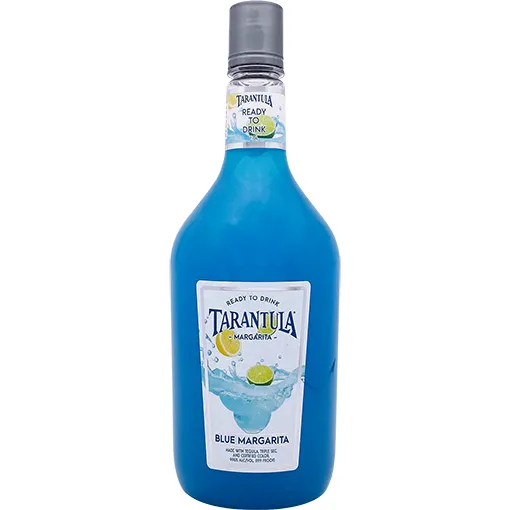
Conservation efforts focus on habitat preservation. This includes establishing protected areas and promoting sustainable practices. Public awareness campaigns are essential for educating the local population about the importance of tarantulas and their role in the ecosystem. Research projects can also provide crucial data on their populations. Collaborations between local communities, conservation organizations, and government agencies can help create effective conservation plans. Protecting these tarantulas means protecting the unique biodiversity of Isla Margarita.
